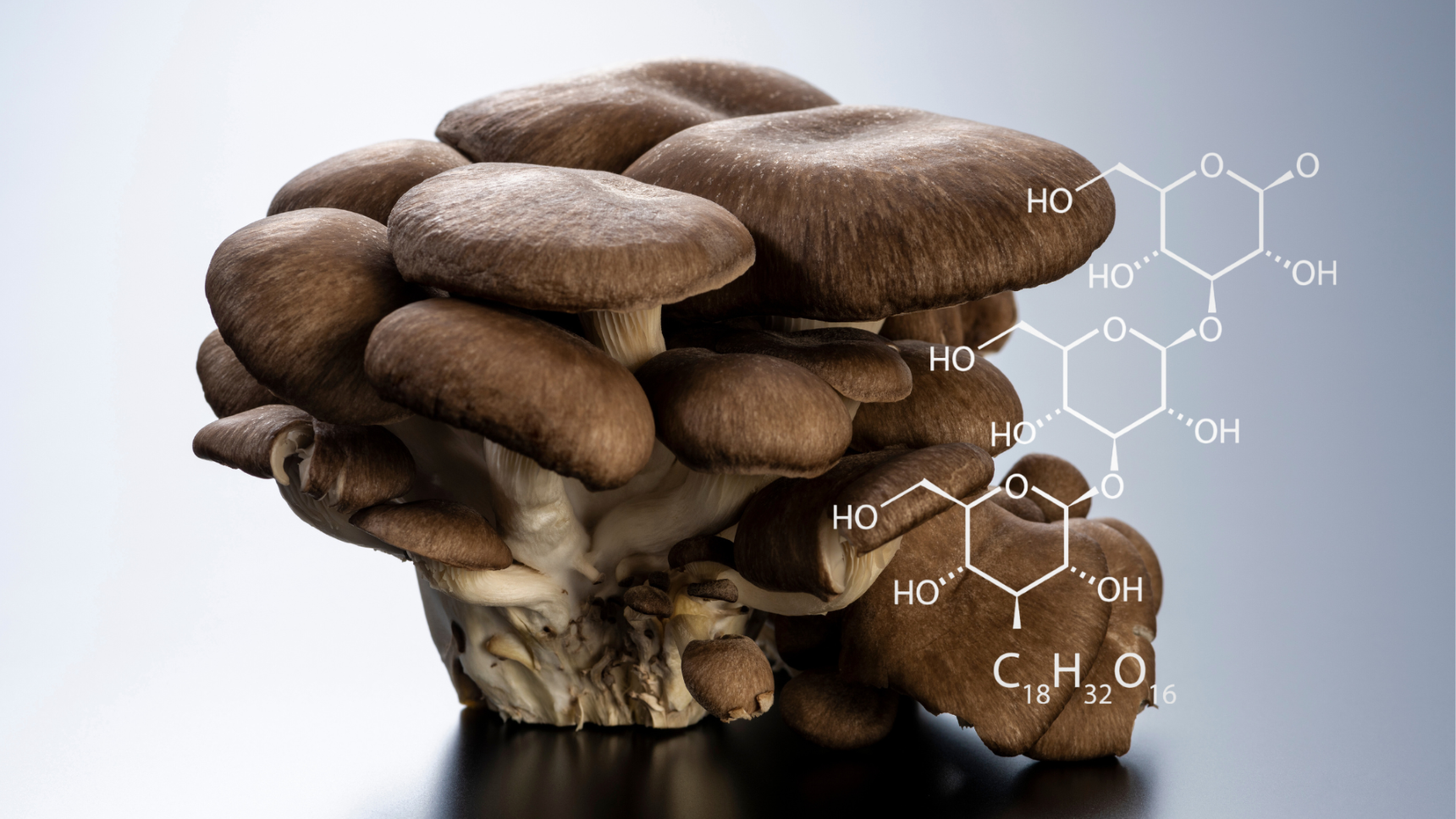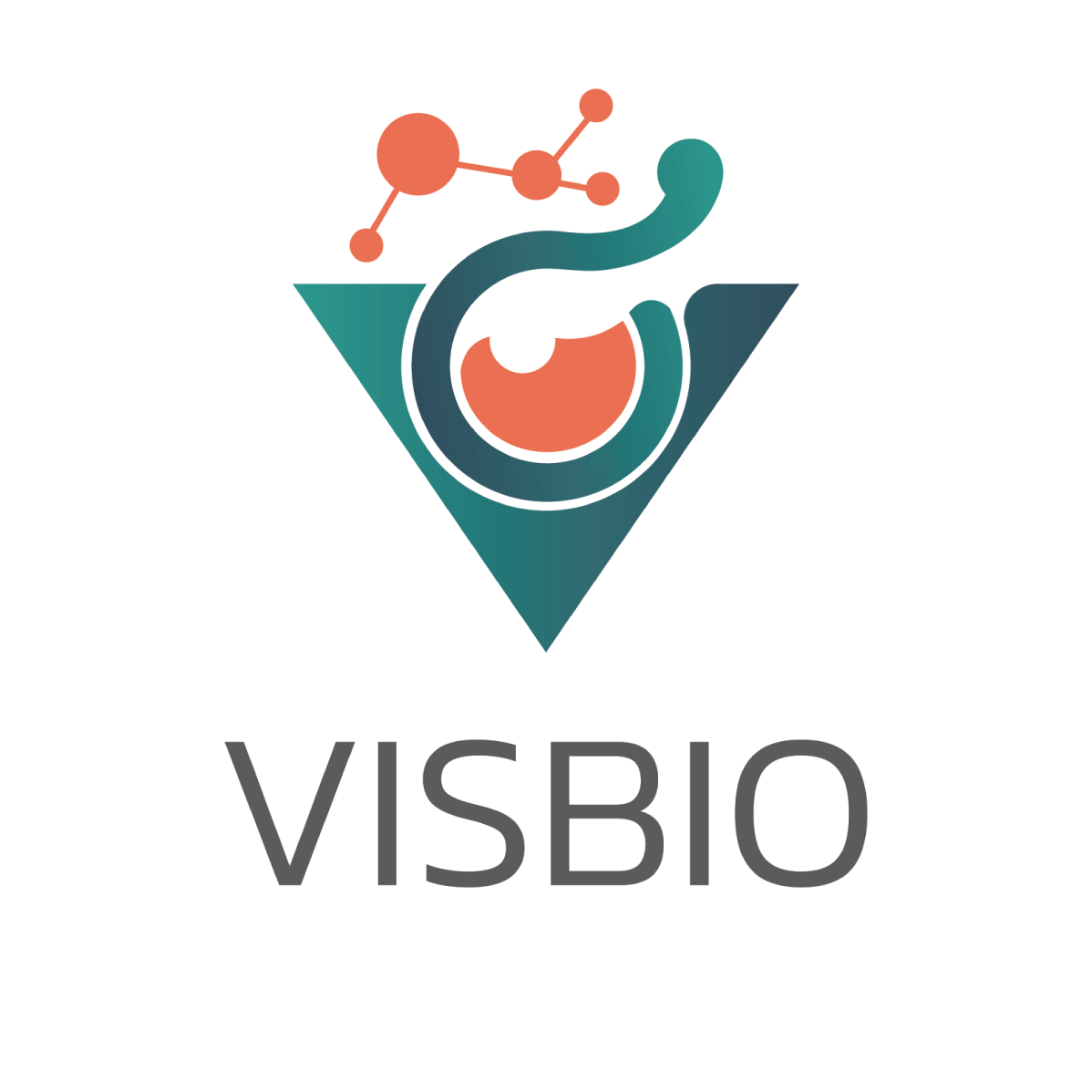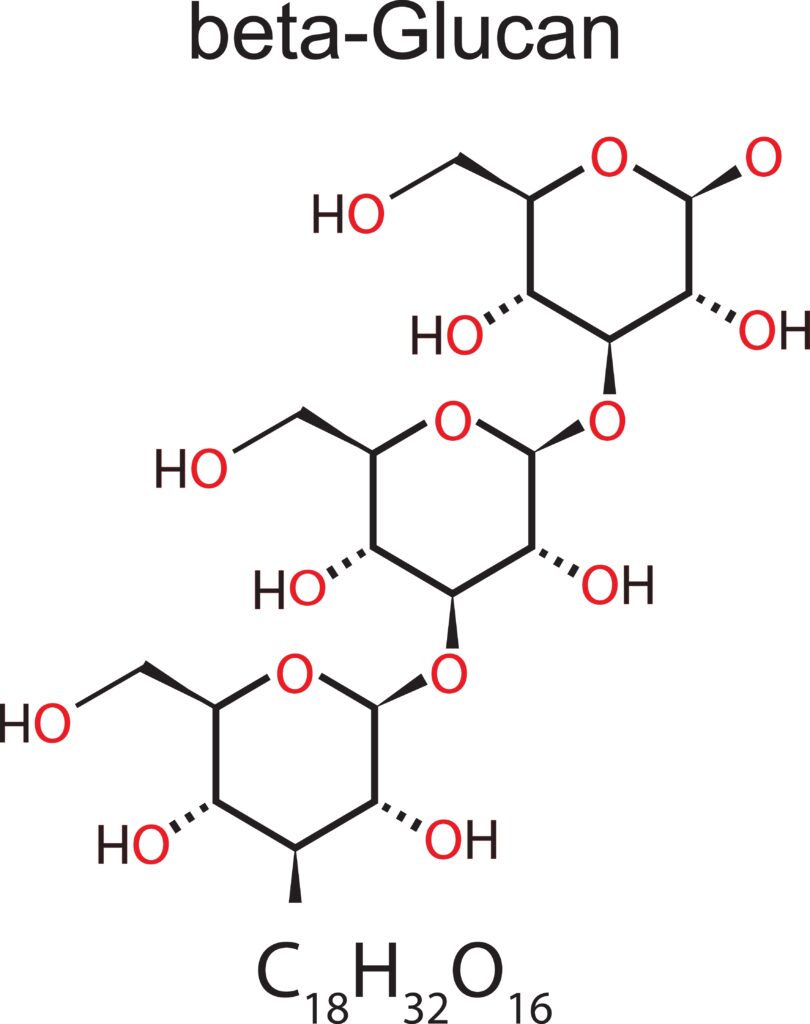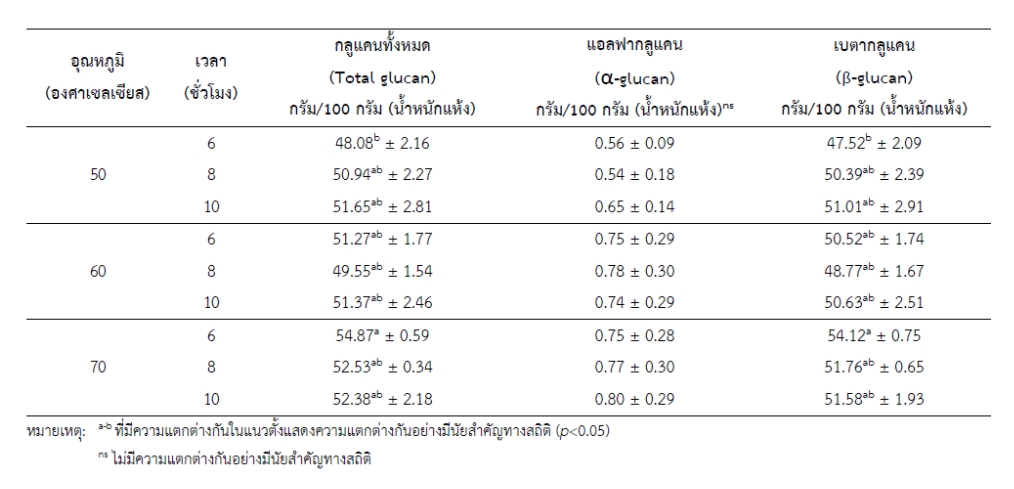
Beta-Glucan Analysis and Testing in Products
VISBIO offers services for examining and analyzing the biomarker, Beta-Glucan(1,3:1,6-β-GLUCAN), in all health and beauty products. Beta-Glucan is a type of polysaccharide composed of glucose molecules linked together by glycosidic bonds. It is found in the cell walls of yeast, fungi, bacteria, barley, oats, and rice, among others. The benefits of Beta-Glucan include balancing the body’s immune system, inhibiting cancer cell growth, controlling blood pressure, blood sugar levels, and blood lipid levels. It also acts as an antioxidant, anti-inflammatory, antibacterial, antiviral, and antifungal agent. Beta-Glucan is being researched and developed for various applications in the health and beauty industry. The analysis of Beta-Glucan in mushrooms, rice, herbs, or dietary supplements using the enzymatic assay technique is crucial for ensuring product quality.
Introduction to Beta-Glucan
Beta-Glucan is a type of polysaccharide, composed of glucose molecules linked together by glycosidic bonds. It is found in the cell walls of yeast, fungi, bacteria, barley, oats, and rice but not in animals and humans. The structure of Beta-Glucan varies depending on the source, resulting in different biological properties.
The benefits of Beta-Glucan include balancing the body’s immune system, inhibiting the growth of tumors and cancer cells, regulating blood pressure, blood sugar, and blood lipid levels. Additionally, it acts as an antioxidant and has anti-inflammatory, antibacterial, antiviral, and antifungal properties. Due to these properties, Beta-Glucan finds application in various industries, such as food, medical, health and beauty.
Analysis for Beta-glucan quantity by enzymatic activity
Studies and research have been conducted to develop and extract Beta-glucan from various sources such as rice, yeast, and different types of mushrooms like Agaricus, Shiitake, Reishi, Ganoderma lucidum, Lingzhi, Auricularia auricula-judae, Tremella fuciformis, Pleurotus ostreatus, and many others. These Beta-glucans have been utilized in the food industry for various purposes, including enhancing texture, acting as fat substitutes, stabilizers, etc. Additionally, Beta-glucan has been used in the medical field and in the production of dietary supplements, cosmetics, beverages, agricultural products, and animal feed, among many others.
As a result, methods have been developed to analyze and determine the quantity of Beta-glucan in herbs, extracts, or different products using specific enzymatic procedures. The reported results show the percentage of Beta-glucan present in the sample, indicating the content in dry weight of the sample (%w/w) or per 100 grams (dry weight).
Sample Analysis Report of Beta-Glucan Quantification Using Enzymatic Technique
Literature:
- พรพิมล มูลแก้ว, การสกัดสารเบต้ากลูแคนจากเห็ดนางฟ้าภูฐานด้วยคลื่นไมโครเวฟ, ปริญญาวิศวกรรมศาสตรมหาบัณฑิต สาขาวิชาวิศวกรรมเครื่องกลและระบบกระบวนการ มหาวิทยาลัยเทคโนโลยีสุรนารี, 2561.
- สุภัสรา รุจานันท์, ศศิธร คงเรือง. การสกัดและการประยุกต์ใช้เบต้ากลูแคนจากยีสต์. วารสารเทคโนโลยีการอาหาร มหาวิทยาลัยสยาม, ปีที่ 13 ฉบับที่ 1 มกราคม – มิถุนายน 2561 หน้า 19-31.
- สุภารัตน์ จันทร์เหลือง, ระวิวรรณ แก้วอมตวงศ์, การศึกษาหาปริมาณสารเบตากลูแคน โปรตีน และเส้นใยในเห็ดป่าที่ใช้บริโภคในจังหวัดอุบลราชธานี, คณะเภสัชศาสตร์ มหาวิทยาลัยอุบลราชธานี
- เอื้อพร จรัสเพิ่มสุข, กานต์สุดา วันจันทึก,อำพร แจ่มผล, ผลของอุณหภูมิและระยะเวลาต่อปริมาณเบตากลูแคน และคุณลักษณะทางกายภาพ ของเห็ดแครงอบแห้ง, วารสารวิทยาศาสตร์มข. 2563; 48(3) 342-349.
- Michael E. Danielson, Rosmarie Dauth, Natalie A. Elmasry, Ryan R. Langeslay, Andrew S. Magee, and Paul M. Will, Enzymatic Method To Measure β-1,3-β-1,6-Glucan Content in Extracts and Formulated Products (GEM Assay), Journal of Agricultural and Food Chemistry 2010 58 (19), 10305-10308, DOI: 10.1021/jf102003m



